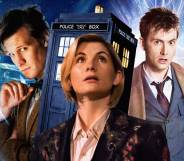Red, White & Royal Blue: All the major changes between the book and the film adaptation
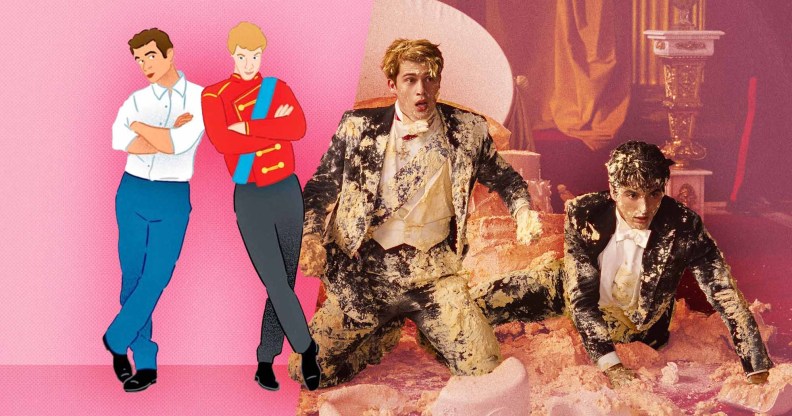
Red, White & Royal Blue, the 2019 novel by Casey McQuiston. (Prime Video)
Warning: spoilers ahead for Red, White & Royal Blue
Casey McQuiston’s book Red, White & Royal Blue is a best-selling sensation, but how loyal does the film stay to the source material?
Since its publication in 2019, McQuiston’s heart-warming gay political love story has captured the imagination of queer fans everywhere. As a BookTok favourite, millions of readers are invested in the scandalous relationship between Prince Henry of England and First Son of the United States, Alex Claremont-Diaz.
So when Amazon Prime announced an R-rated film adaptation, directed by Matthew López and starring Nicholas Galitzine and Taylor Zakhar Perez, fans went into overdrive.
The original Red, White & Royal Blue book is praised not only for its sweet tale of enemies who become reluctant friends and then besotted lovers, but also for its supporting characters and sub-plots.
As Henry (Galitzine) and Alex (Perez) fight for their love against all the odds, we also meet the latter’s sister June and blunt best friend, (the vice-president’s daughter) Nora Holleran. Together they make up the White House trio.
Later in the book, they join forces with Henry, his sister Princess Bea and wealthy best friend, Percy, better known as Pez.
Elsewhere, we meet the older generation, including the prime minister’s sassy deputy chief of staff Zahra, Alex’s divorced parents – the first female president Ellen Claremont (Uma Thurman) and senator Oscar Diaz – fellow Democratic politician Rafael Luna, and England’s royal family.
Important moments such as the famed “history, huh? Bet we could make some” quote, Zahra’s love affair with Prince Henry’s equerry Shaan, and Alex’s declaration of love in Buckingham Palace made it to the big screen.
However, bringing the book to life in a two-hour movie meant some aspects had to get the chop.
Goodbye June Claremont-Diaz
This is perhaps the biggest, and most obvious, change from the book. Instead of the White House trio, we only meet Nora (played by Rachel Hilson), with June noticeably absent. In the books, June is Alex’s brutally honest but endlessly supportive sister.
She is an aspiring journalist trying to carve her own path, away from the limelight of her successful mother. She helps guide Alex through the choppy waters of discovering his bisexuality and having his relationship leaked to the tabloids.
Audiences also miss out on June’s noble sacrifice when she agrees to go on a date with Henry to deflect attention from the rumours about his relationship with Alex.
Princess Bea, the Powder Princess
In another blow to the supportive sisters from the novel, Bea (played by Ellie Bamber) also gets a heavily edited down role in the film.
Unlike in the movie where she occasionally appears to support Henry, the book offers a far more fleshed-out narrative. Following the death of Henry and Bea’s father from cancer, Bea falls into a cocaine addiction with the scandal making the front pages of newspapers in England where she is labelled the “powder princess”.
As a recovering addict trying to rehabilitate her reputation, Bea’s private life also comes under the public spotlight once more when emails between Alex and Henry discussing her past are leaked to the press.
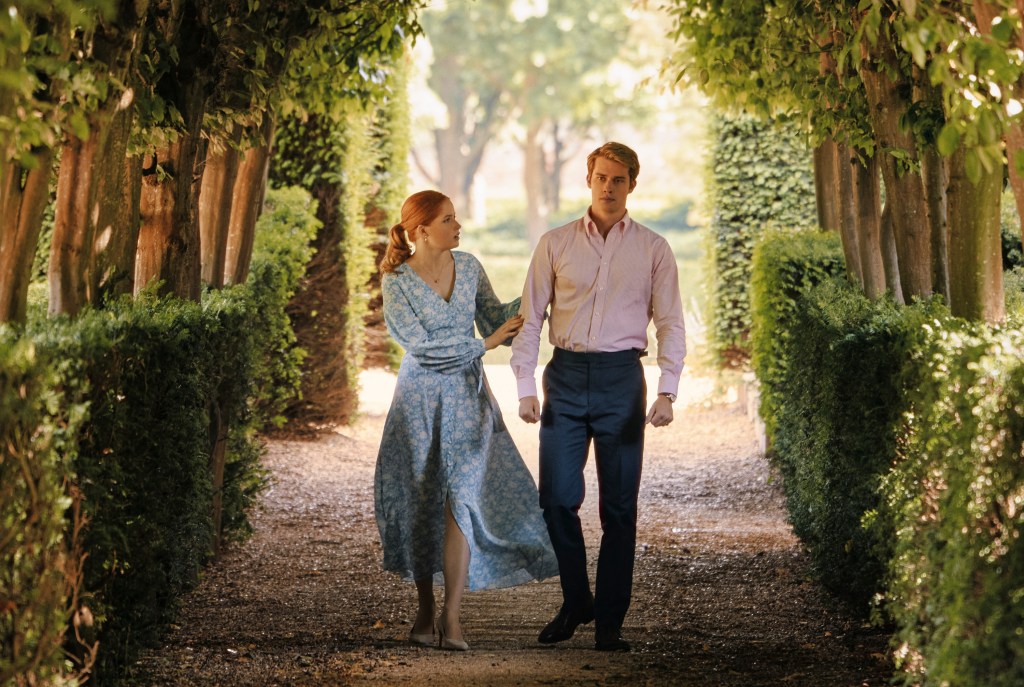
Alex’s bisexuality crisis, in all its glory
In the film, we meet an entirely new character, Alex’s on-off lover Miguel Ramos (Juan Castano). Alex’s relationship history with the Washington Post journalist means he’s relatively sure about his sexuality when he embarks on the relationship with Henry and comes out to his mum soon after.
Things are not quite so simple in the book. After Henry and Alex kiss at a New Year’s Eve party, the First Son spirals into a sexuality crisis. After remembering a sexual relationship with his best friend school, Liam, readers also meet him and his current boyfriend.
As June helps him figure out his feelings, Alex also seeks guidance from gay US senator and family friend Rafael.
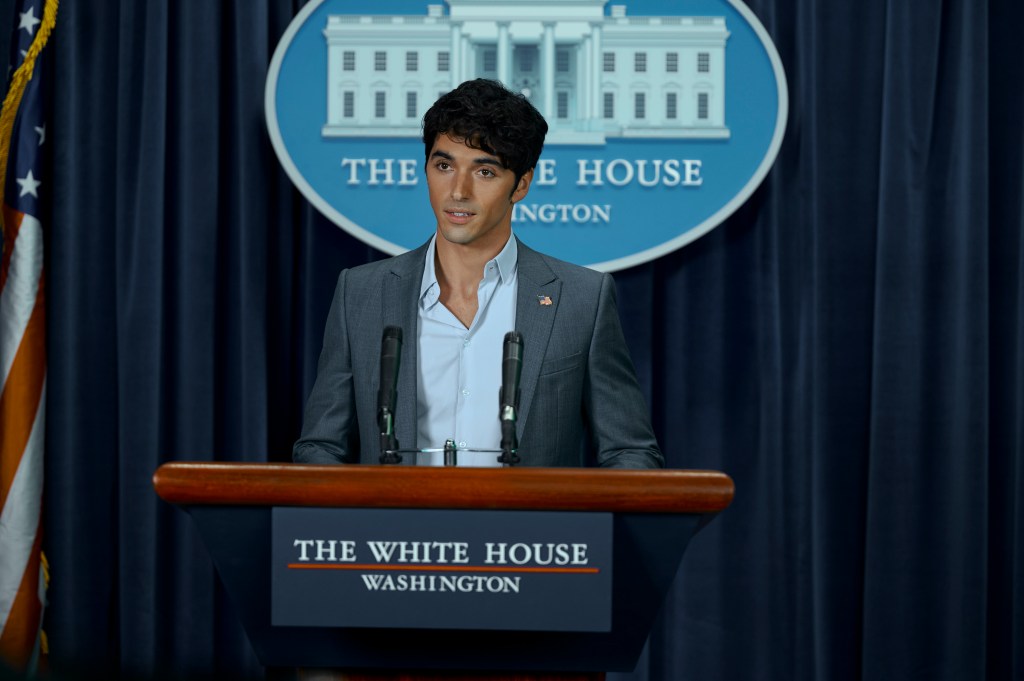
Undercover agent Rafael Luna
Sadly, Rafael’s entire sub-plot is cut from the film adaptation. In the book, not only is Rafael Alex’s queer confidante but also a key ally for the Ellen Claremont re-election campaign. In a plot twist, Rafael ends up defecting to her election rival.
Devastated by the betrayal, Alex lets go of Rafael as his role model. However, as we soon discover, Rafael was acting as a double agent in order to expose the Republican’s history of sexual abuse.
The lengthy emails
Alex and Henry’s email correspondence is, arguably, the most important aspect of the novel. While they pursue a long-distance relationship – torn apart by duty – their emails to each other become an emotional link, filled with intense sexual declarations, personal stories and quotes from queer historical figures.
It is these emails, later dubbed the Waterloo letters by the media, that cause an international scandal. Although the film features a montage of the lovers reading each other’s messages, they are hugely edited down. There is nowhere near the level of detail, historical thread or great quotes found in the novel, making it feel far less significant when they are eventually leaked.
Alex and Henry’s parents
Finally, the parents also lost their chance to shine. Over on Alex’s side, unlike their happily married version in the film, his parents are divorced. The book explores the complex dynamics of being the child of divorce and living under the shadow of successful politicians.
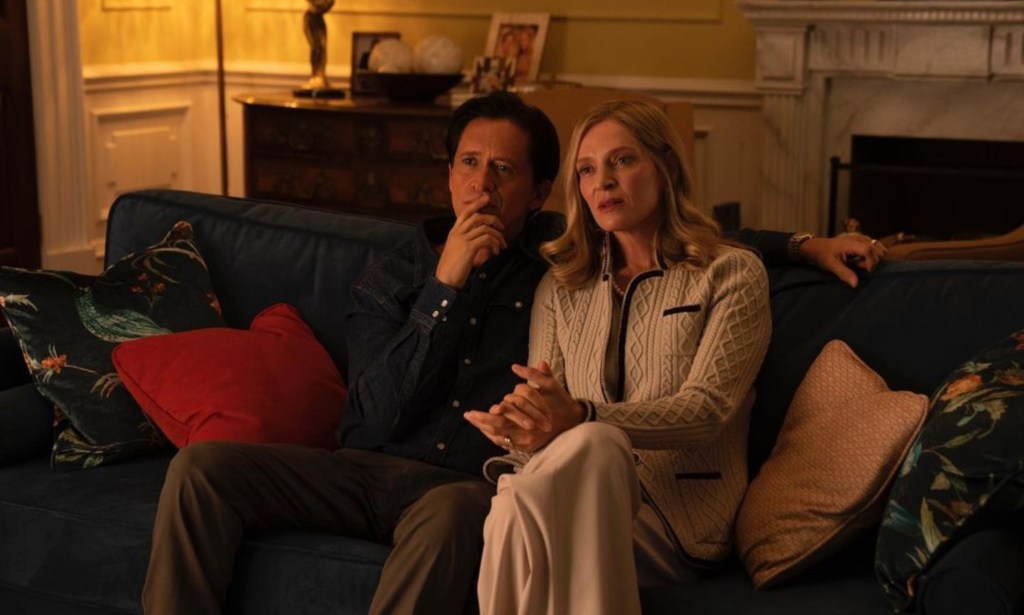
Meanwhile, Henry’s parents get a passing mention in the film. However, we lose the details behind the death of Henry’s father and his distant relationship with his mother. In the book, she eventually learns to accept him and defies the king (played by Stephen Fry) to help her son publically embrace his true self.
Red, White & Royal Blue drops on Amazon Prime on 11 August. You can purchase the book at Amazon or Bookshop.org.
This article contains affiliate links, PinkNews may earn revenue if you click through and purchase products through the links.
How did this story make you feel?
